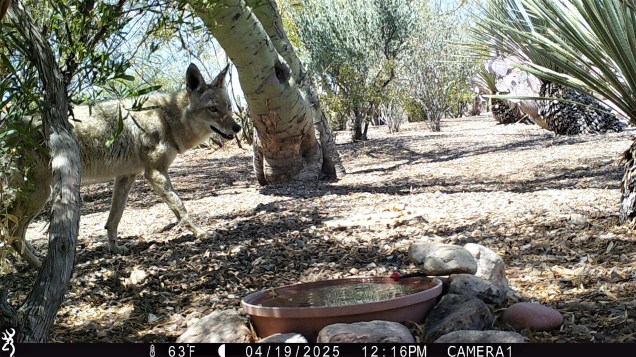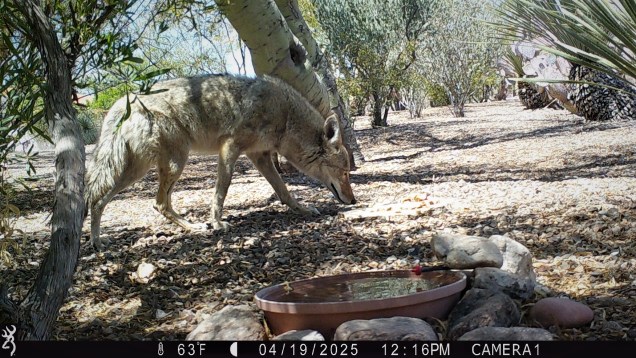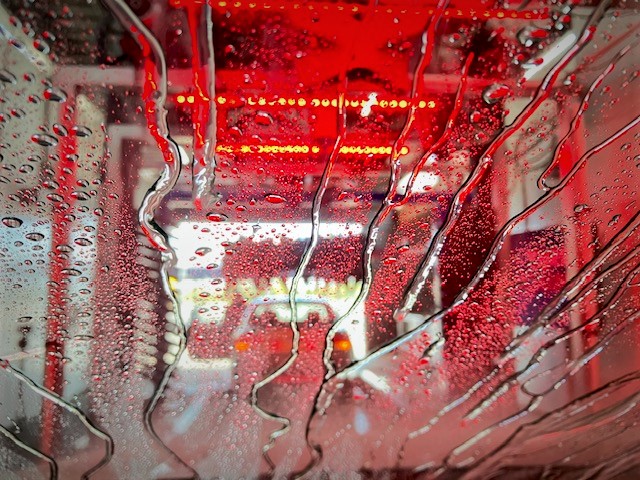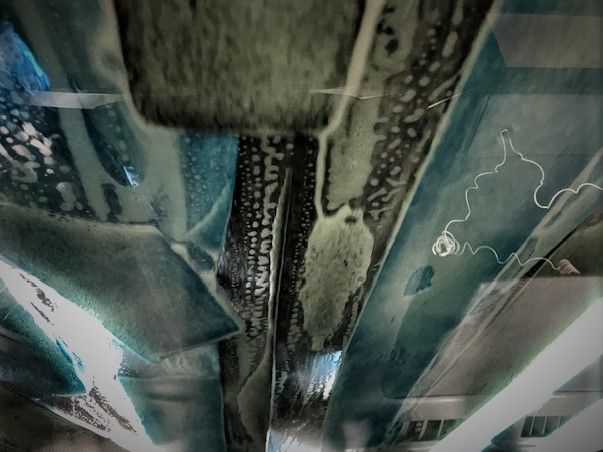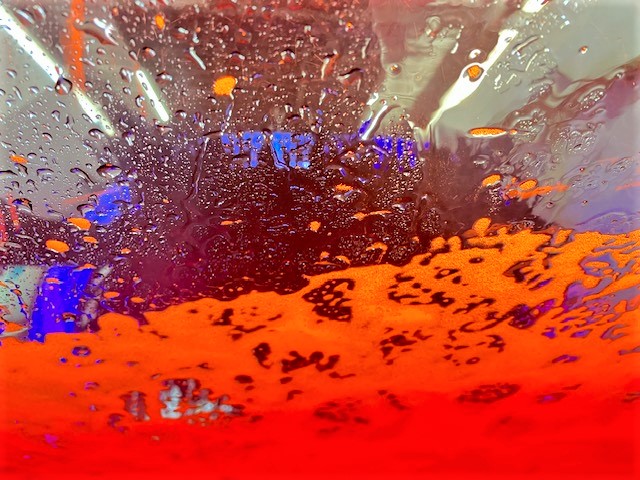Ruby Bliss and Yolanda’s lips have something in common. The label on the watermelon read – Ruby Bliss. Knifed on the diameter, I chose the bottom half, filled with delicious flesh and tiny seeds. A circle of pure geometry to the edge of the rind. My knife sliced a wide triangle and cold, sugary juice slipped into my mouth. Ruby Bliss brought summer to the month of June.
Yolanda’s lips are the color of Ruby Bliss. Swollen and plump from injections of gel, right to the edge of her rind. She cried with each needle of red dye less sweet than a watermelon. Yolanda’s lips stung and burned. She whimpered in pain, “I’ll never do this again.
(Note from Susan: I’m out of practice with Word Press. “Watermelon Lips” was written
as a poem. Impossible to navigate the program. Enjoy!!)
